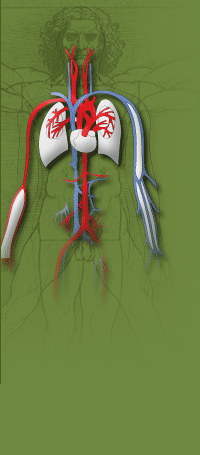|
The ideal fistula is straight, large, and in a location easy to cannulate for dialysis. Fistulas using the cephalic vein running from wrist to shoulder most often approach this ideal, but in many patients those veins are deep, tortuous, or impossible to cannulate. Too frequently, patients are told that the have “bad veins”, or that they cannot have a fistula. In the past, I myself have told patients with large arms and deep veins that they could not have a fistula. Fortunately I learned different, and now know better. The cephalic vein in the forearm and the upper arm is associated with (bound down by) a layer of connective tissue from a point several inches above the wrist. Subcutaneous tissue (fat, “padding”, "insulation”) resides between that fascia and the skin. The more padding, the deeper the vein. We can ask the patient to lose weight to shrink this layer and bring the vein close to the skin, but this advice is often unreasonable. The alternative is to move the vein closer to the skin and make it accessible for cannulation. Acceptance of this concept has allowed many people to have a fistula who were previously not thought to have that potential. Ordinarily, the vein is fistulized, and then superficialized later only if adequate growth is observed. Patients are happy to hear that a "bad" fistula can be moved and made usable. The cephalic vein in the upper arm is the one most often superficialized. Whether the draining vein of a forearm graft or fistula, or a fistula created at the elbow, a long incision is made medial to the vein and the vein freed from elbow to shoulder. Branches are divided, stenoses fixed, and the arterialized vein divided just above the elbow. The mobilized vein is drawn through a tunnel created lateral to the incision so that the fistula will not be cannulated through a scar, and the two ends reattached. When the incision is healed, the fistula can be used – usually in a matter of just a few weeks. If the vein is the draining vein of a forearm graft or fistula, it may not be necessary to place a catheter while the upper part heals, because the forearm portion continues to be usable. Eventually the forearm portion starts to fail, and the upper arm vein is connected to the brachial artery with abandonment of the forearm graft or fistula. Superficializing the cephalic vein in the forearm is also possible, but is less common. If depth is the only reason that a forearm fistula is unusable, then bringing it to the surface not only can make it functional, but also preserve and develop the upper arm veins for future use. Veins deep in the upper extremity can be usable no matter how big the arm, and should be considered a "hidden asset" for the dialysis patient. Superficialization of fistulas running too deep is a "high-yield operation" in the hands of an experienced Access surgeon. Every forearm graft should be considered a bridge to an upper arm fistula as a patient's lifetime need for dialysis access is considered in a proactive fashion. |
| Return to patient education page |
 |
||||||||||||
|
|
||||||||||||
|
||||||||||||

